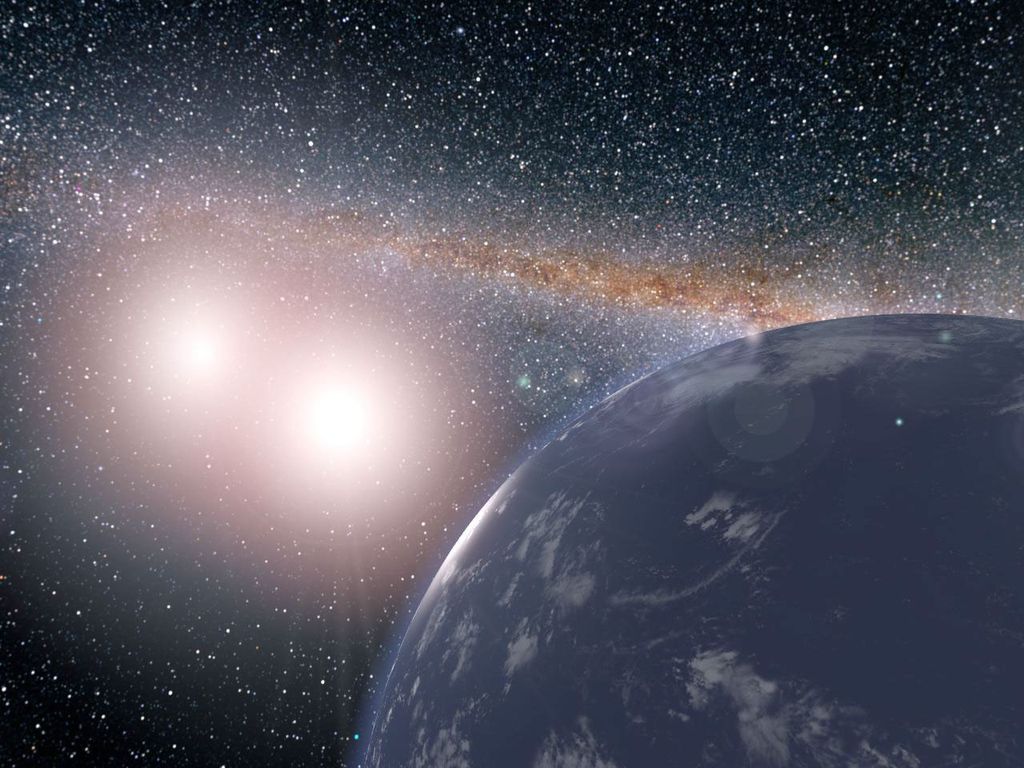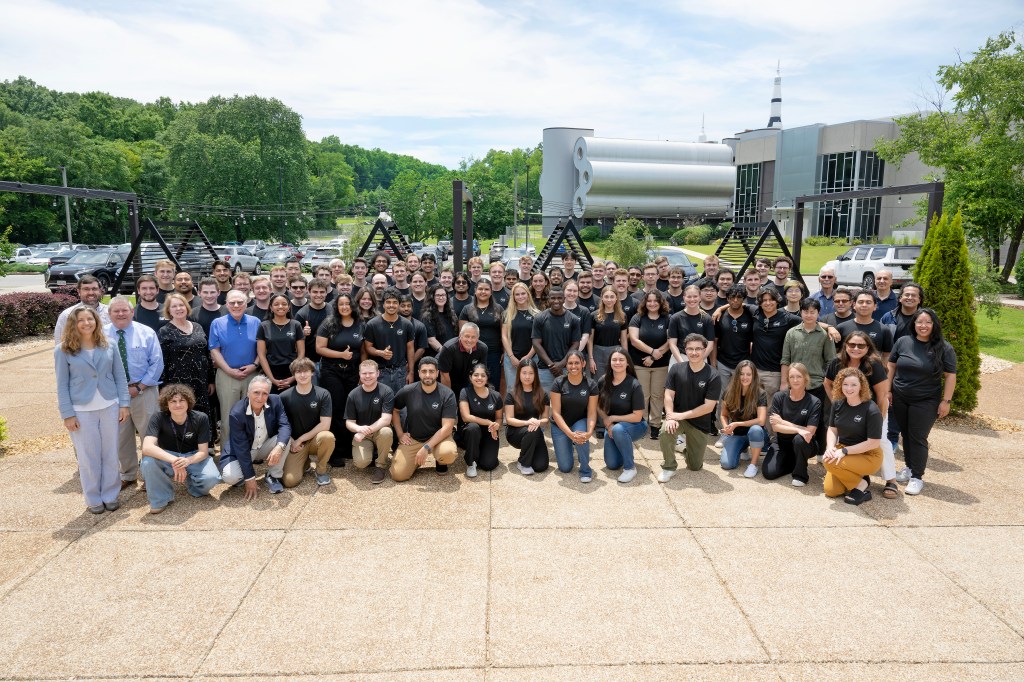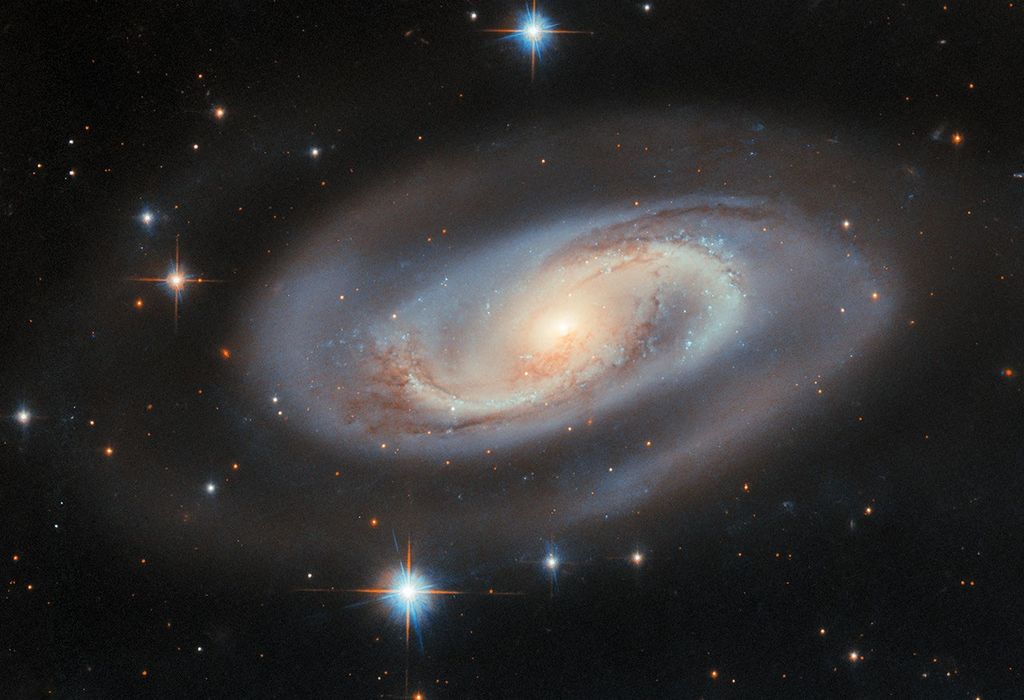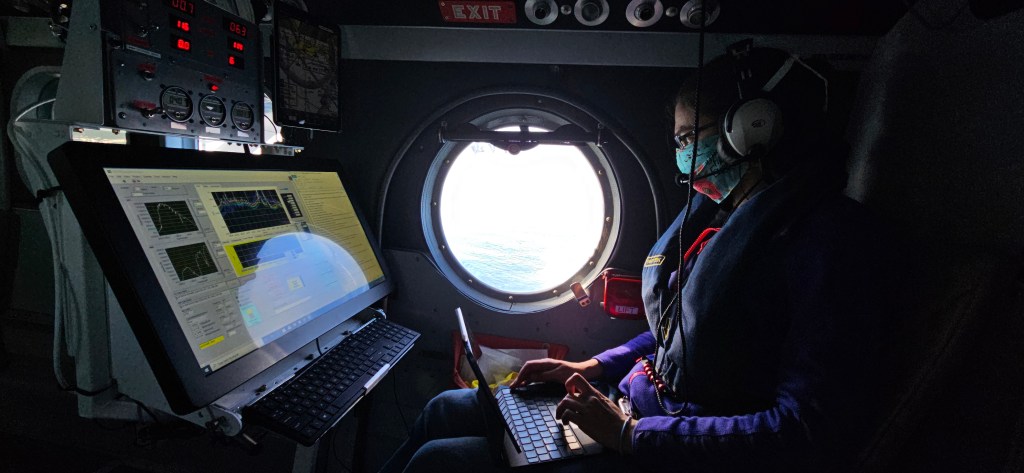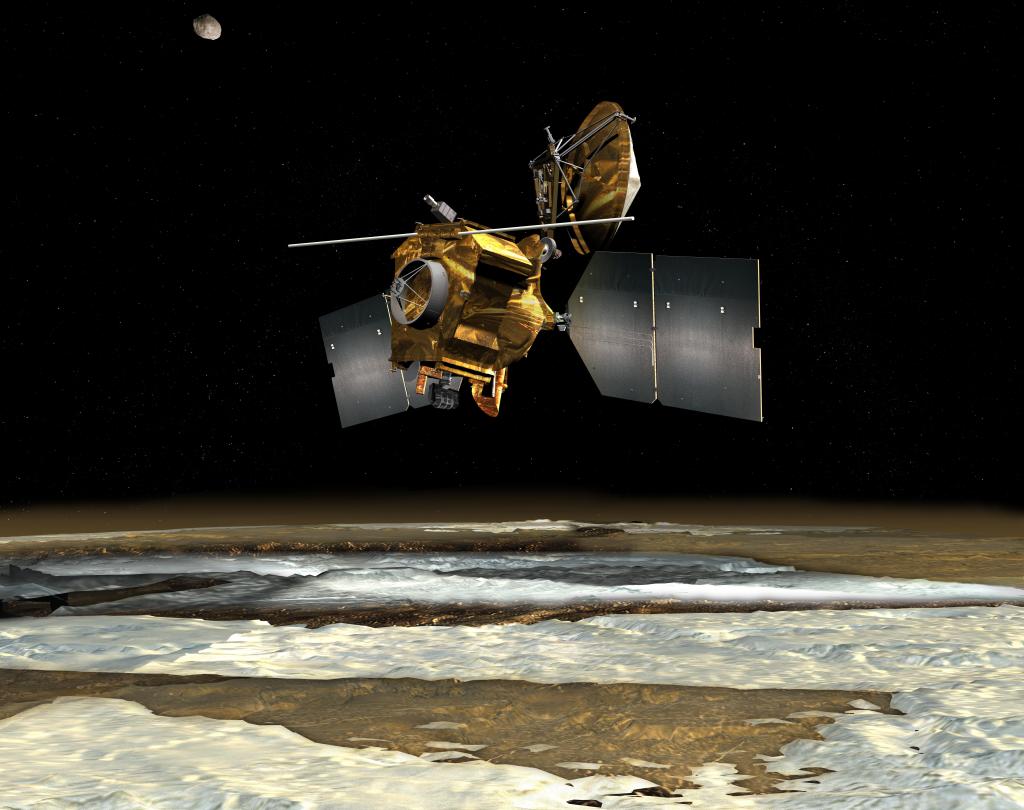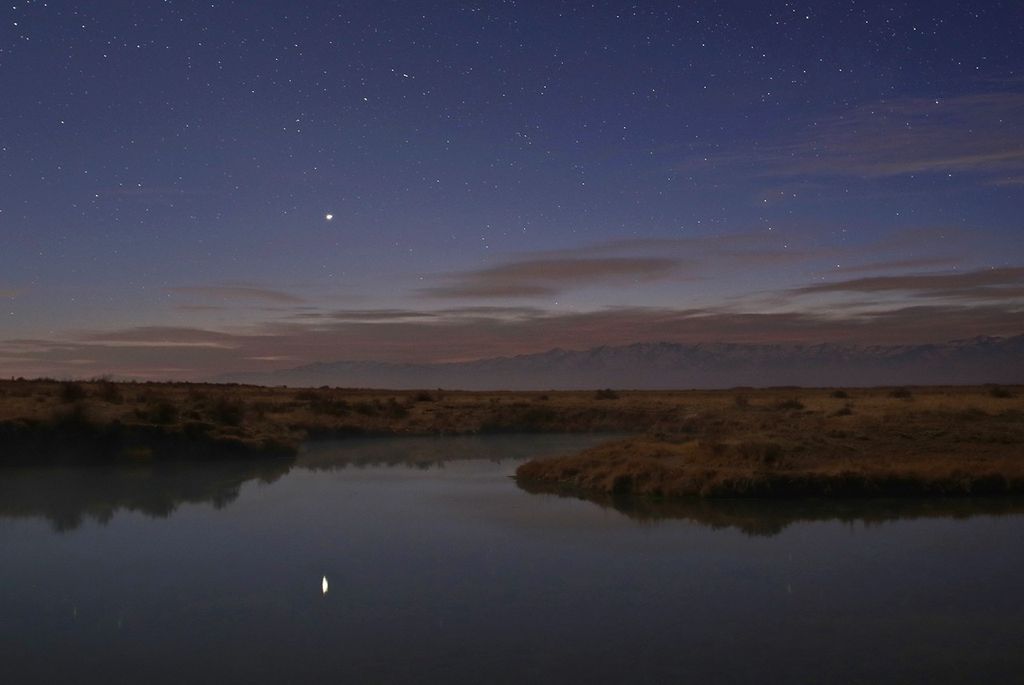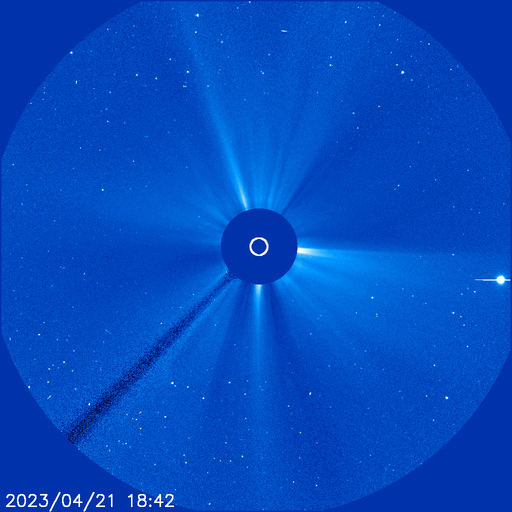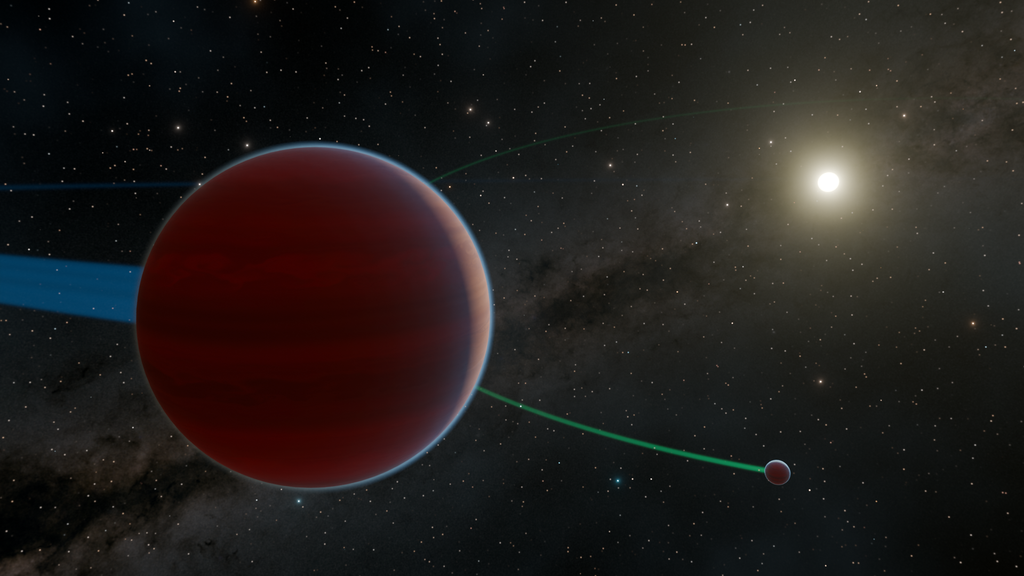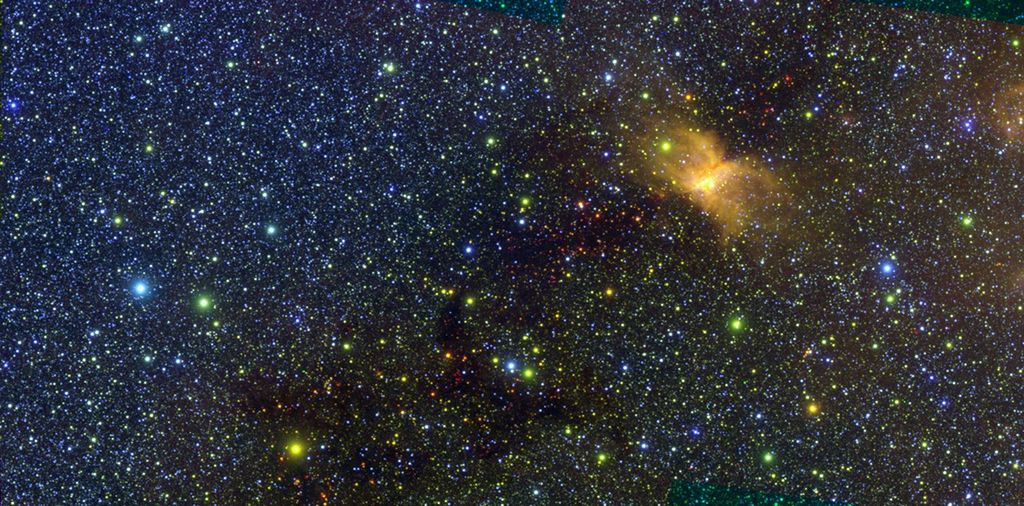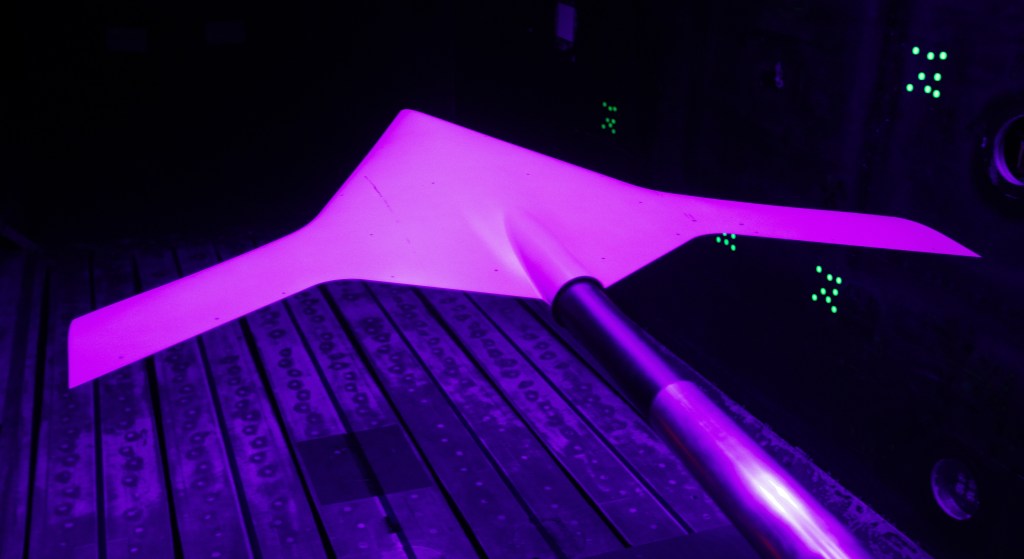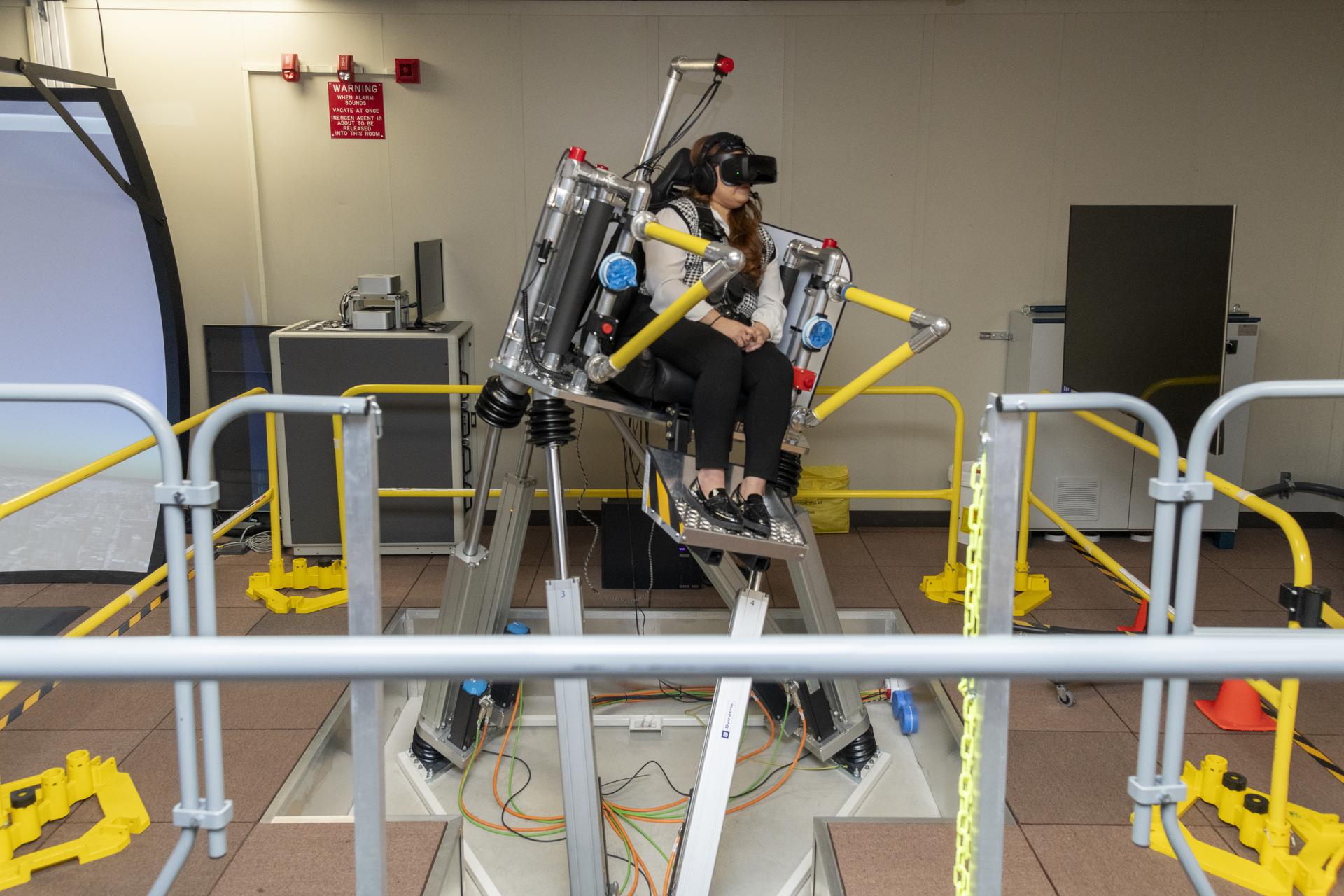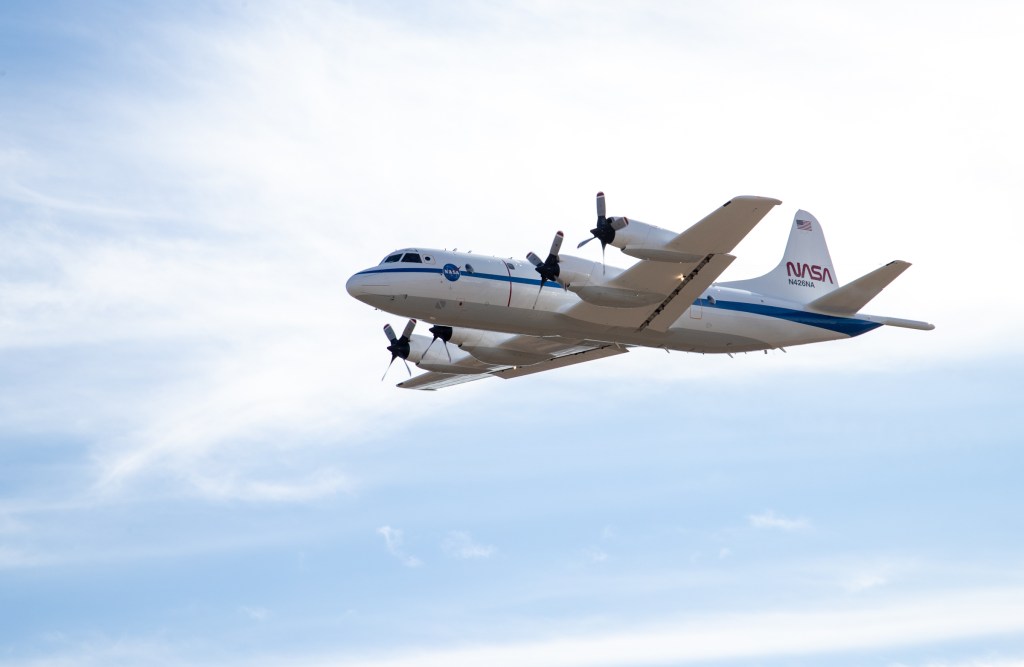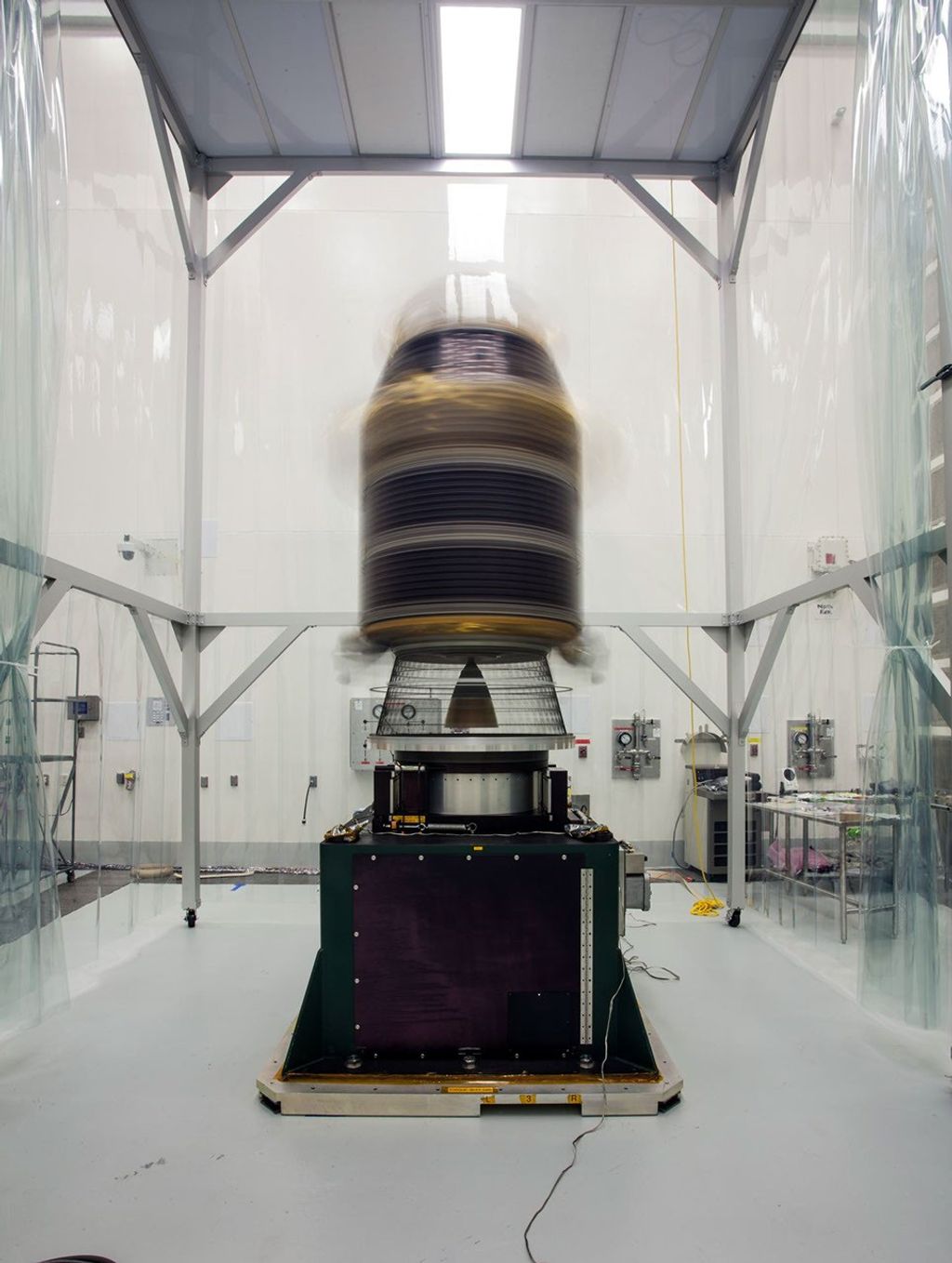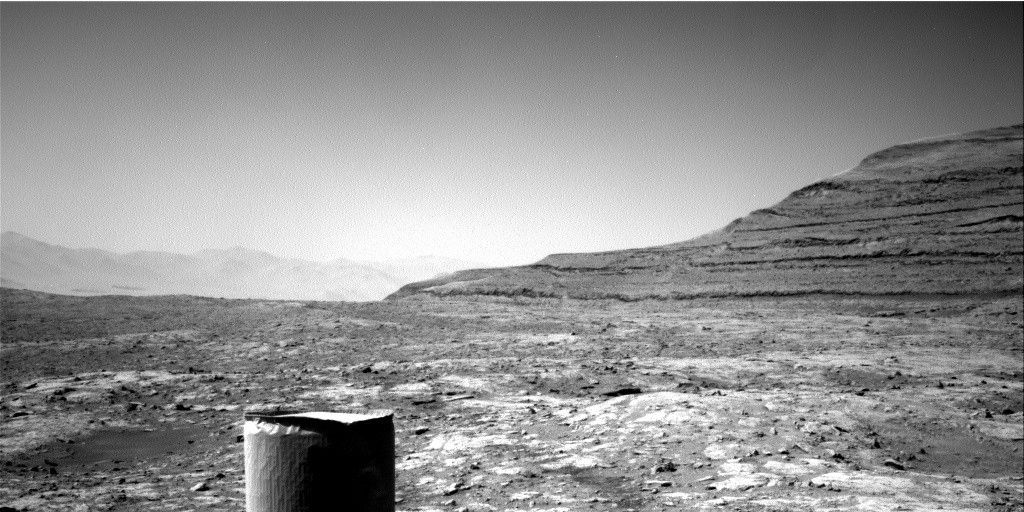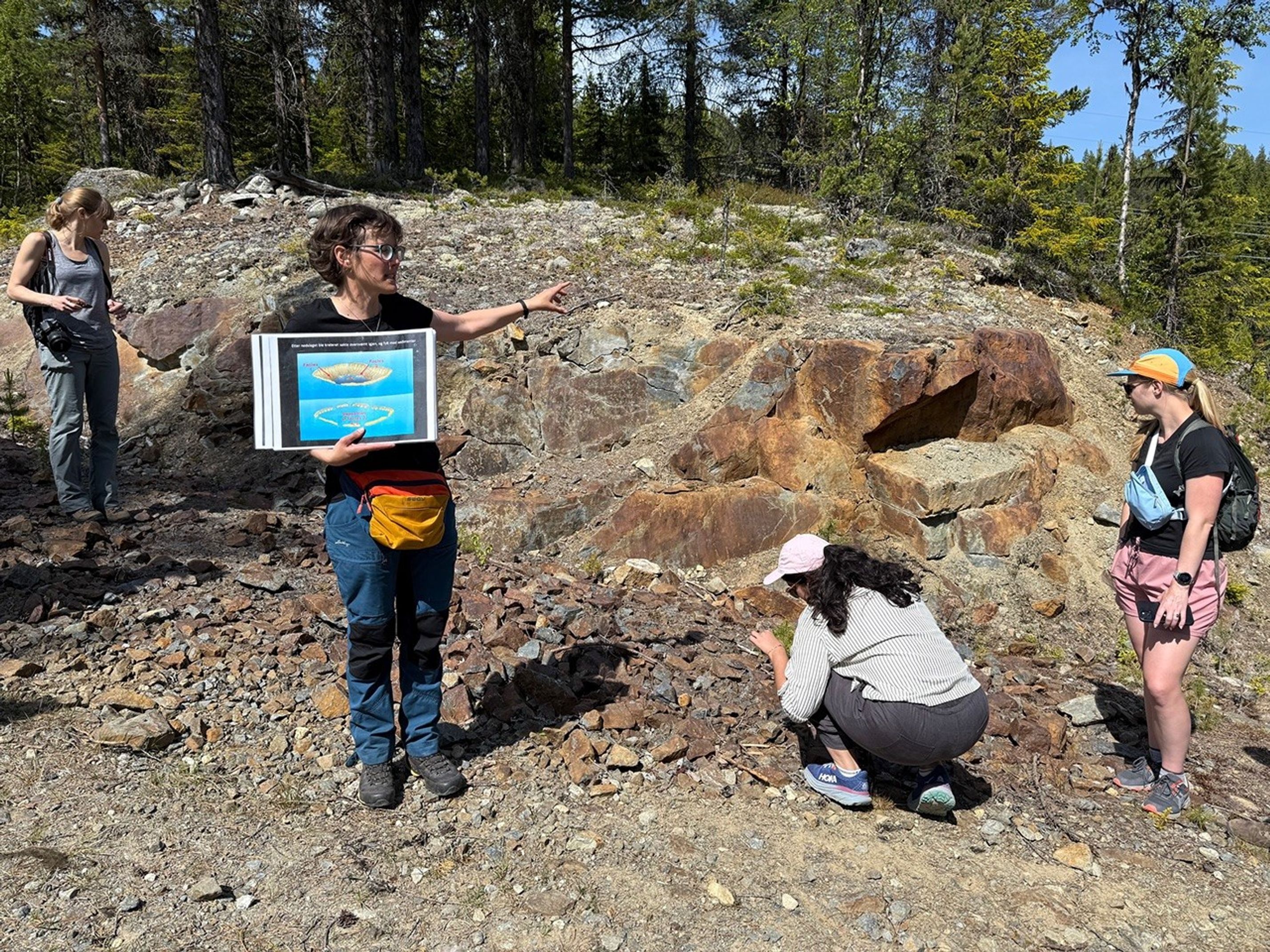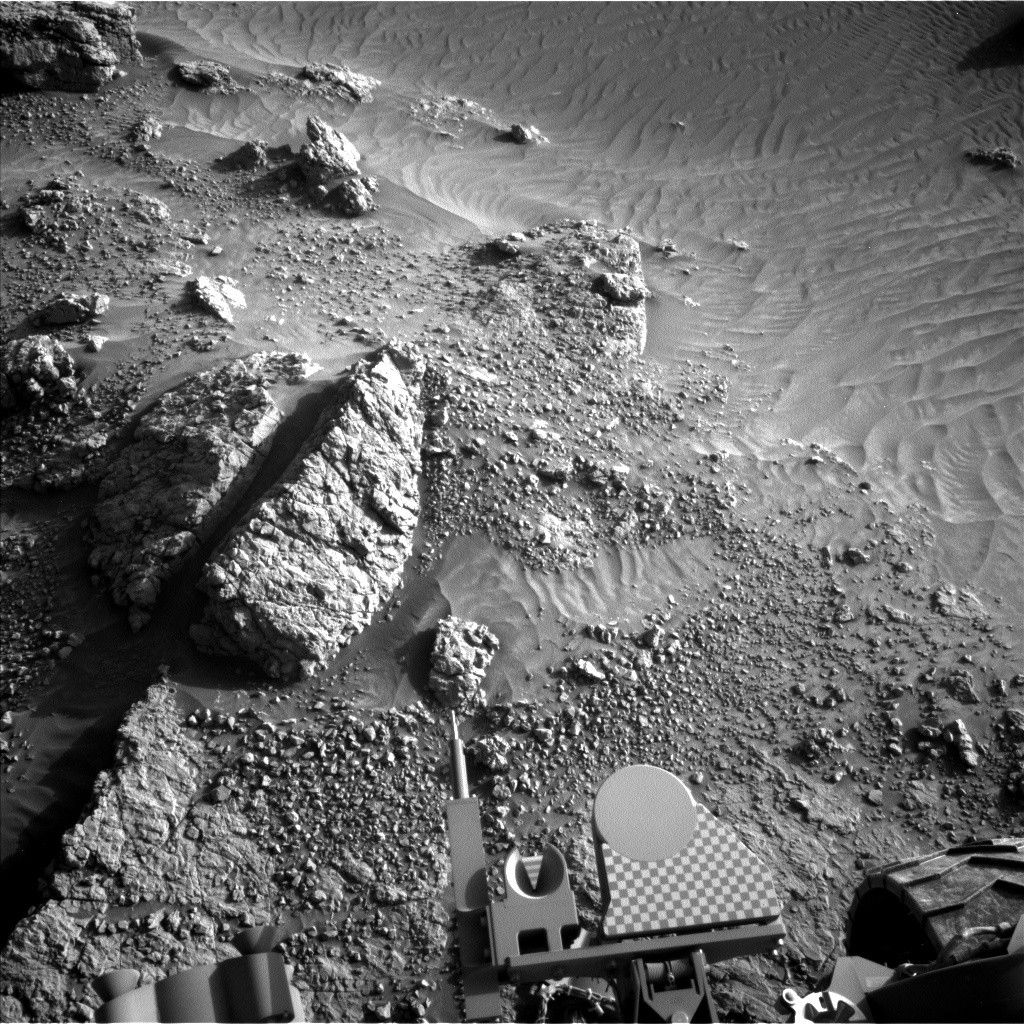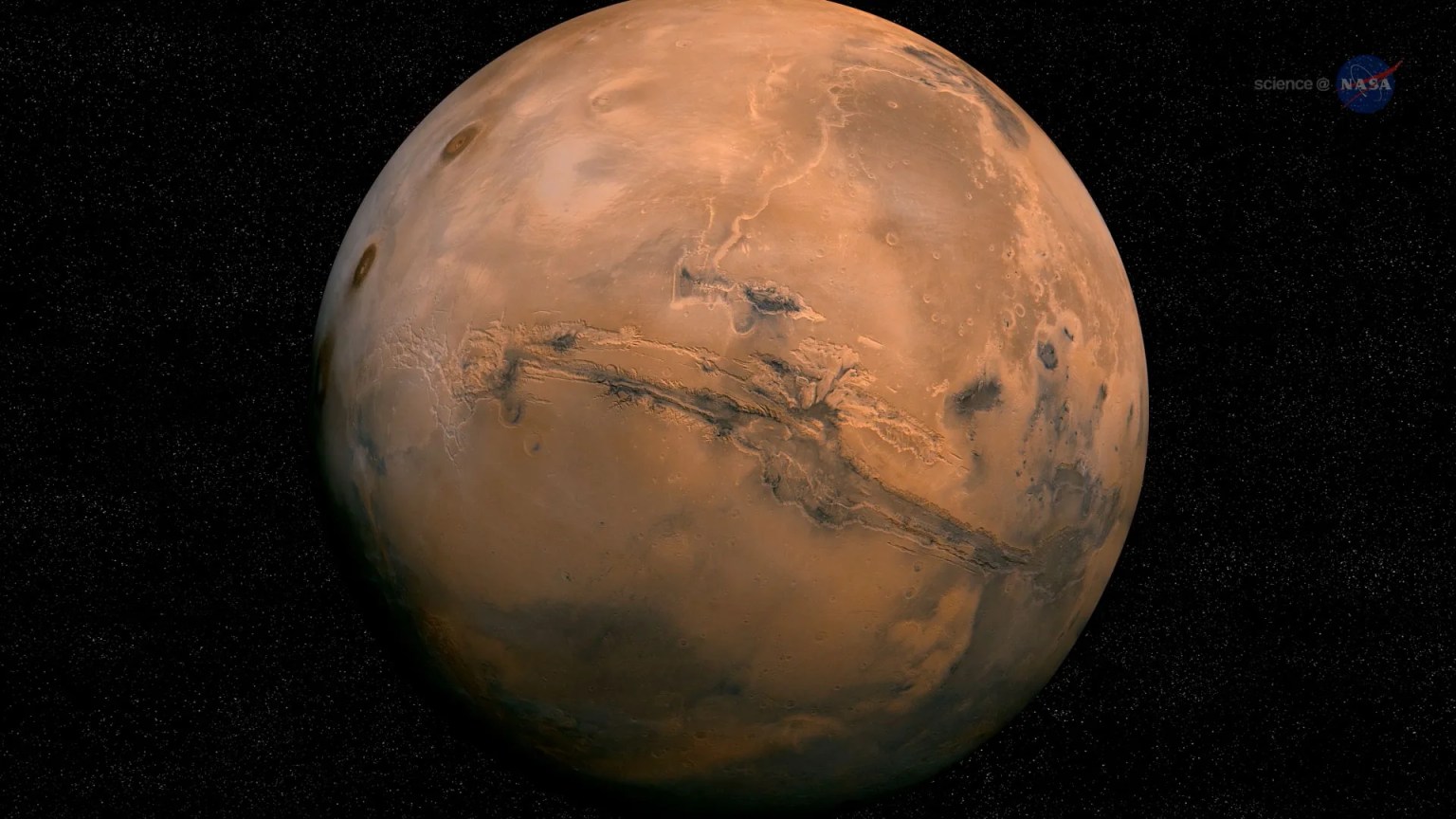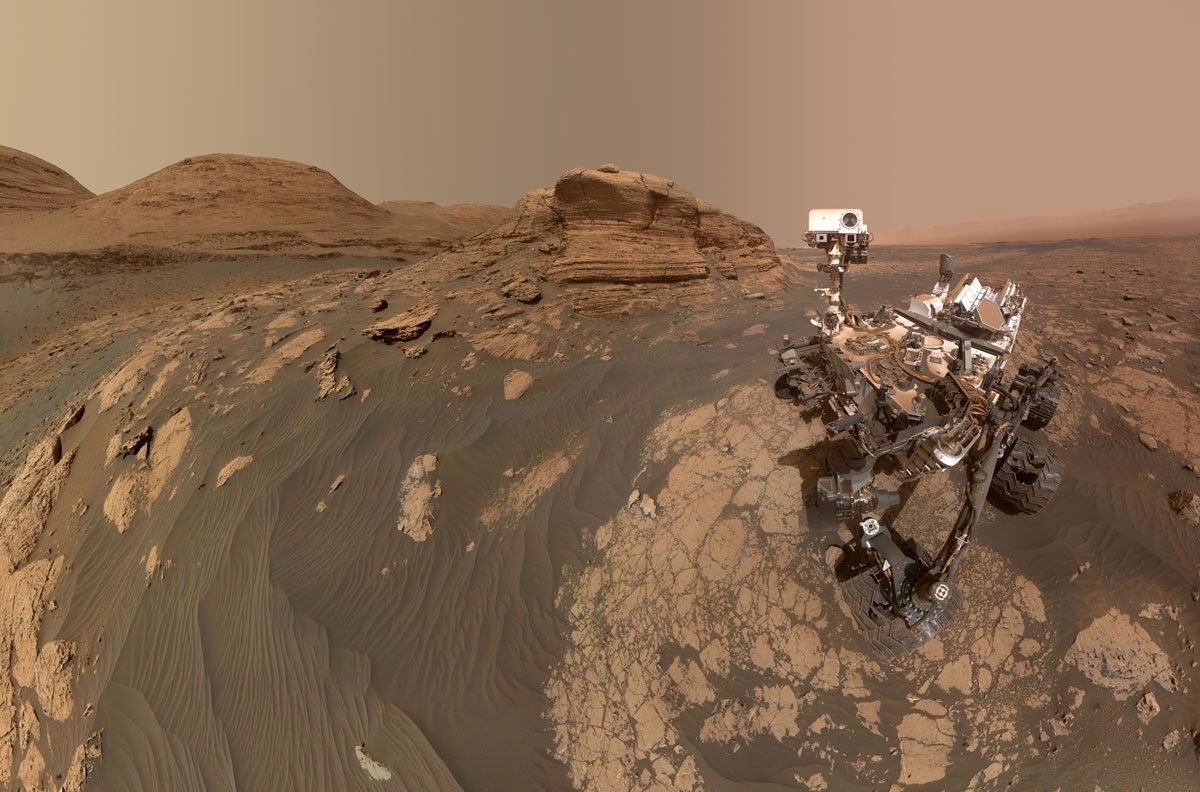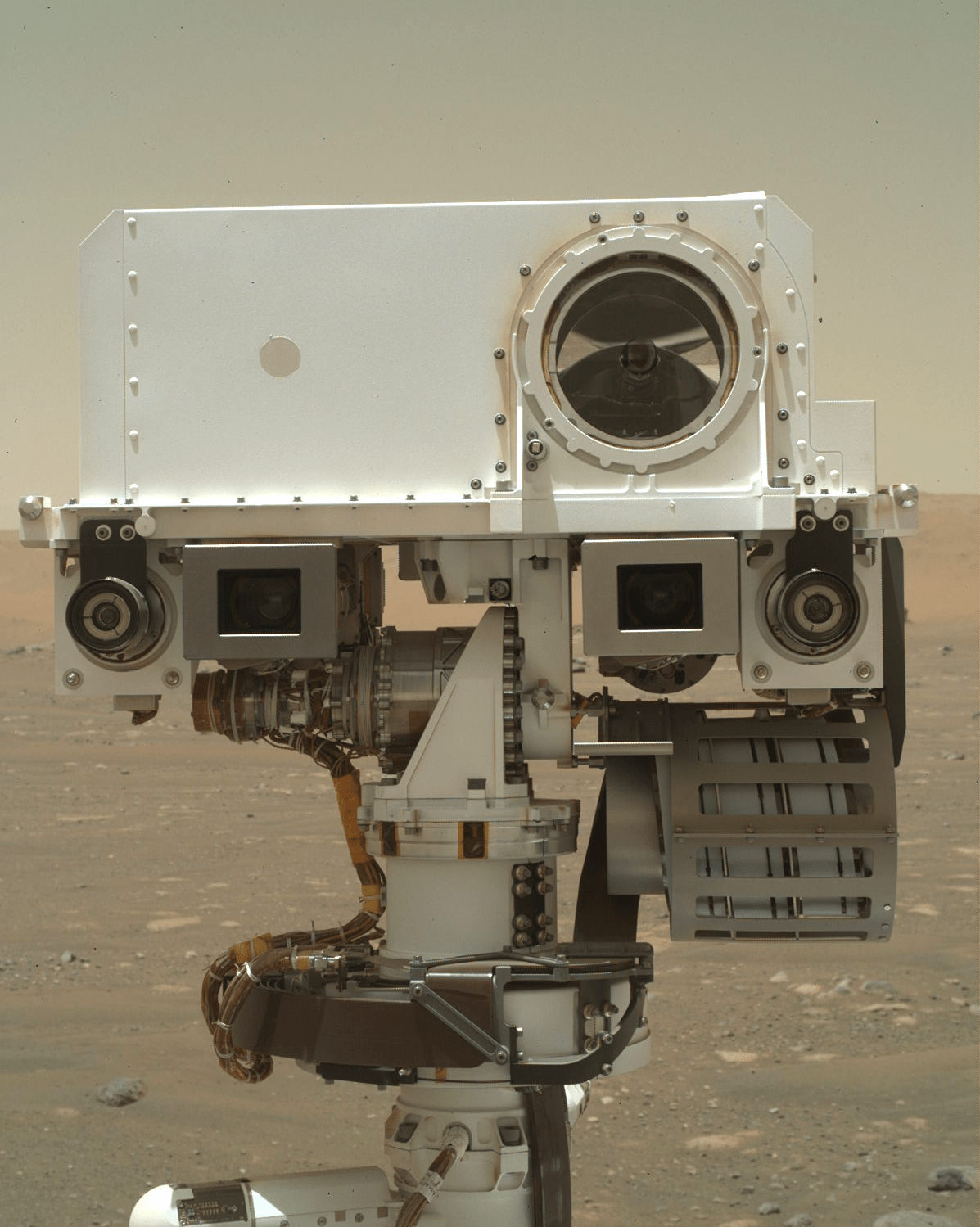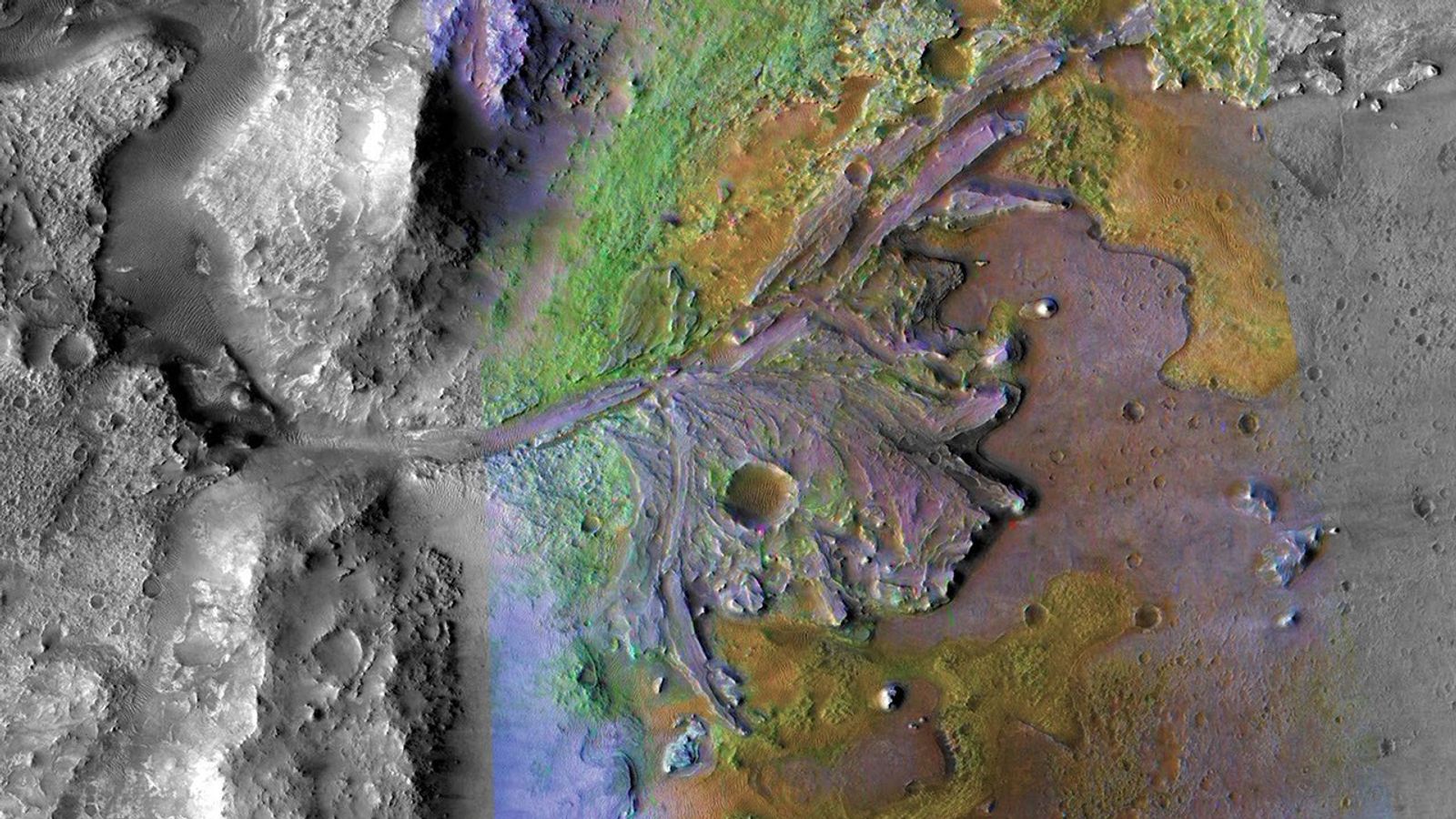Today is the last dayof MSL tactical operations until after solar conjunction, so this will probably be the last MSL update for a few weeks.
Today is the last day
of MSL tactical operations until after solar conjunction, so this will probably be the last MSL update for a few weeks. Ryan Anderson
and I are both on shift as payload uplink lead today, but because the
instruments we're representing
(ChemCam and MAHLI/MARDI, respectively) are already standing down in
preparation for conjunction, our efforts have been focused on planning for the
resumption of activities after conjunction. We don't know precisely
when tactical planning will resume, as the ability
to communicate with spacecraft as Mars passes behind the Sun depends on
variable solar activity. The expectation is that the next tactical
planning day will be June 25th (Sol 1026), but the schedule probably won't firm up until that week.
The Sol 1003 plan starts with Mastcam images of the
Sun to measure the amount of dust in the atmosphere, followed by
another set of Mastcam/Navcam photometry images to extend the experiment started on Sol 1000. Then Mastcam will take images of
various targets near the rover, to be compared with images of the same
targets taken after conjunction to look for changes caused by winds.
Later in the afternoon, the photometry and change-detection
imaging will be repeated, and Mastcam will acquire a stereo mosaic of
" Apikuni Mountain. "
Then the focus motors of both Mastcams will be moved to their "home"
positions for conjunction and Navcam will search for clouds above MSL.
The Sol 1004 plan includes only the usual RAD and REMS observations, a
preview of the plan for the next few weeks.
During the break from tactical operations, the science team will have
more time to analyze the wealth of data the rover has returned over the
past 1000 sols. by Ken Herkenhoff
Dates of planned rover activities described in these reports are subject to change due to a variety of factors related to the Martian environment, communication relays and rover status.
Written by Ken Herkenhoff, Planetary Geologist at USGS Astrogeology Science Center

